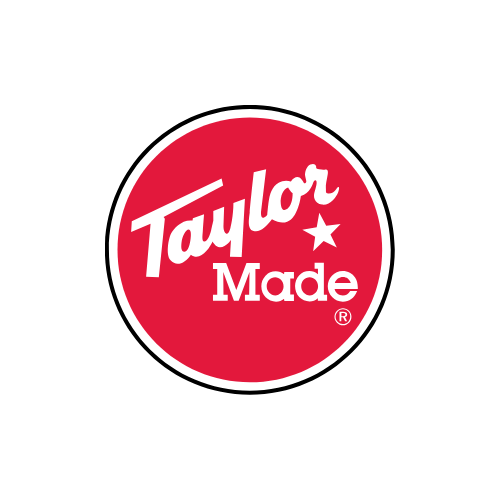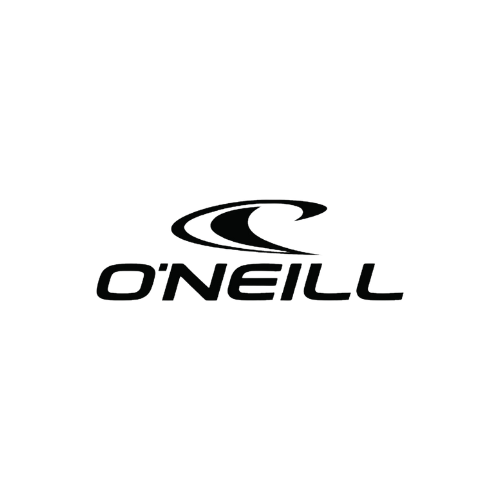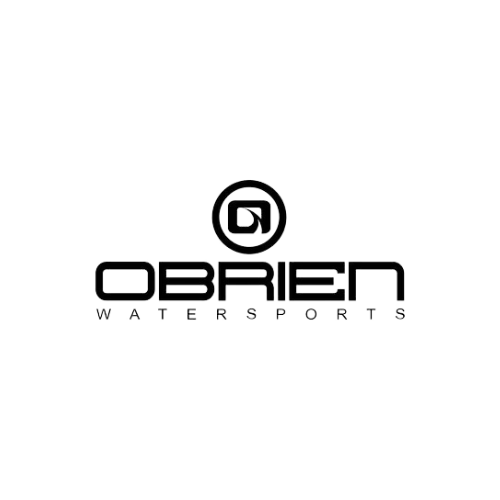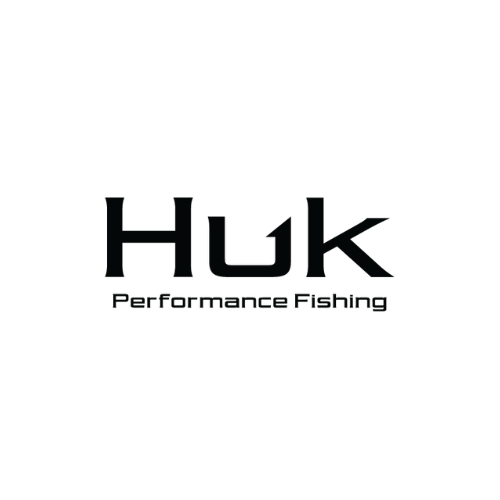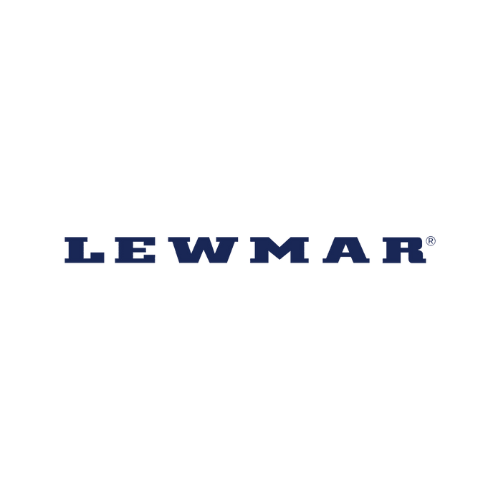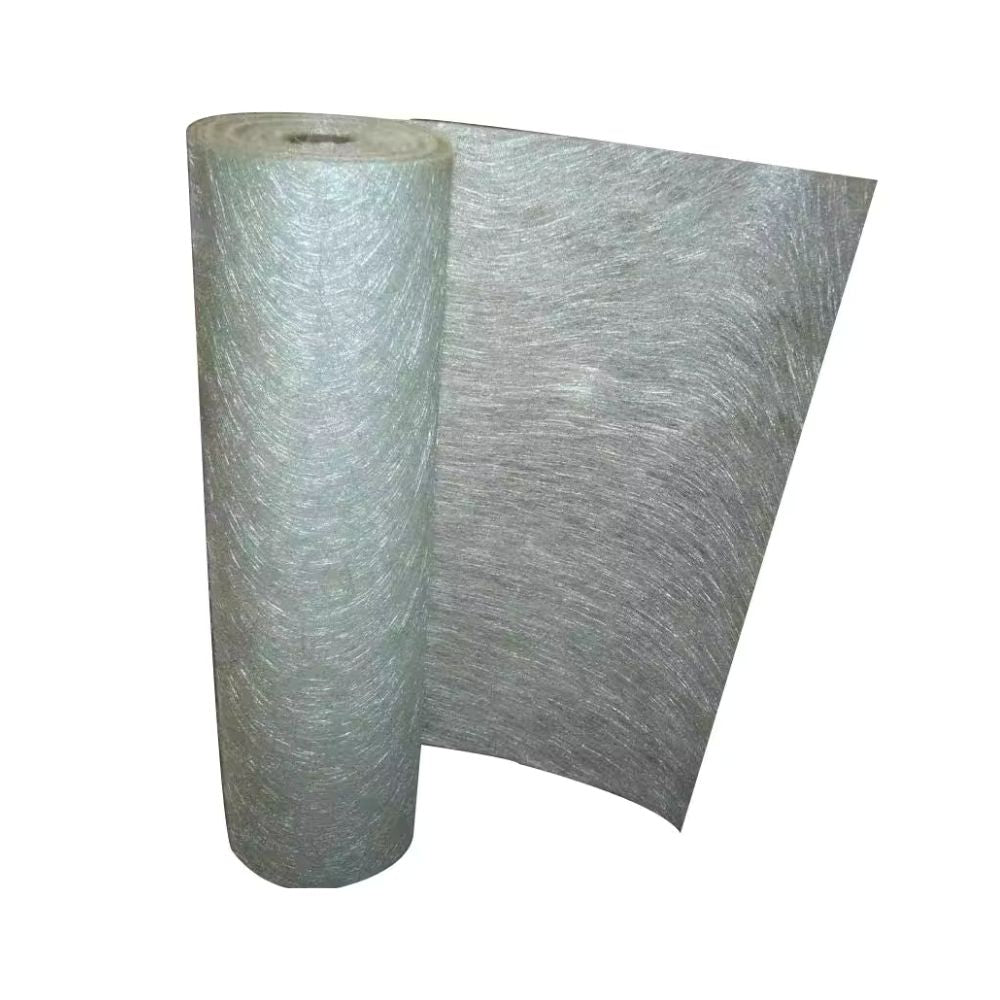Resin Cleanup Made Easy: Boatyard-Pro Tips
Keeping tools clean is half the battle in fiberglass work. The right process saves time, cuts waste, and keeps your laminates looking pro. This guide covers what to use, step-by-step cleanup methods, safer alternatives, and smart ways to reduce mess in the first place.
The Best Solvent for Uncured Resin
Acetone is the shop standard for uncured polyester resin. It’s easy to find, evaporates quickly, and cuts sticky residue fast. MEK or dedicated polyester thinner also work, but most boatyards stick with acetone for day-to-day cleanup.
Rule of thumb: use solvents for cleanup only—never to thin structural resin.
How to Clean Brushes & Rollers (Step-By-Step)
-
Scrape first: Wring out excess resin back into the cup.
-
Rinse: Work the bristles/nap in acetone.
-
Repeat: Fresh solvent, then spin/comb out.
-
Dry or park: Air-dry in good ventilation—or store submerged in clean solvent in a sealed metal container between coats.
Cost tip: For big layups, disposable chip brushes and roller covers often cost less than the solvent it takes to rescue them.
Mixing Cups, Squeegees & Spreaders
-
Plastic/metal: Wipe, then acetone.
-
Silicone tools/cups: Let residue cure and peel it off cleanly.
-
Metal tools: A light wire-brush after solvent removes stubborn film.
When the Resin Is Already Cured
Once cured, solvents won’t help. Use mechanical removal:
-
Scrape or shave hardened drips
-
Sand 80–120 grit, then finish finer
-
A careful pass with a heat gun can soften thin films for easier scraping
Lower-Odor Cleanup Options
If you’re minimizing fumes:
-
Propylene-carbonate and citrus (d-limonene) cleaners can loosen uncured resin.
-
They’re slower and may leave residue—finish with a quick acetone wipe before bonding or painting.
Skin Cleanup (Skip the Solvents)
Don’t use acetone on skin. Instead:
-
Mechanics hand cleaner or vegetable oil, then soap and water
-
Change contaminated gloves quickly; if irritation persists, stop and seek medical advice
Handling MEKP (Hardener) Spills
-
Wear PPE
-
Absorb with inert material (kitty litter/vermiculite)
-
Store waste in a clean, vented container and follow the hardener SDS
-
Never mix MEKP with solvents, accelerators, metal shavings, or rags in a closed container (fire/explosion risk)
PPE Checklist for Cleanup
-
Gloves: Nitrile (swap often)
-
Eye protection: Safety glasses or face shield
-
Respirator: Organic vapor cartridges when using solvents indoors
-
Clothing: Sleeves/apron; keep a spill kit nearby
Waste & Disposal (Do It Right)
-
Treat solvent, soaked rags, and uncured resin as hazardous/flammable waste—follow local rules
-
Use a self-closing oily-waste can for rags (spontaneous combustion is real)
-
Fully cured resin is typically landfill-safe—confirm with local regulations
Pro Tips to Reduce Cleanup (and Waste)
-
Line mixing cups with plastic bag liners; pop out cured pucks
-
Use silicone spreaders and tear-off roller trays
-
Pre-measure resin with pump sets to keep containers clean
-
Stage “dirty” and “clean” acetone jars so your final rinse stays fresh
-
Favor disposable consumables on large jobs to save time and solvent
Quick Reference: What to Use When
-
Uncured resin on tools: Acetone → wipe → fresh acetone
-
Cured drips: Scrape/shave → sand 80–120 grit
-
Low-odor option: Propylene-carbonate or citrus cleaner → finish with acetone wipe
-
Skin: Oil or mechanics cleaner → soap & water (no solvents)
-
Between coats: Store brushes/rollers in clean solvent (sealed metal container)
Stock Your Cleanup Kit
Consider keeping these on hand:
-
Acetone (gallon), nitrile gloves, safety glasses, organic vapor respirator
-
Silicone spreaders, chip brushes, roller covers, tear-off trays
-
Rags, wire brush, plastic cup liners, self-closing oily-waste can, spill kit
Want me to drop in product links from your store so customers can one-click build a cleanup bundle?
Next post
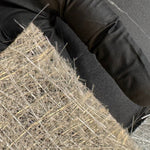
How Is Fiberglass Chopped Strand Mat Made?
Updated on 15 August 2025




